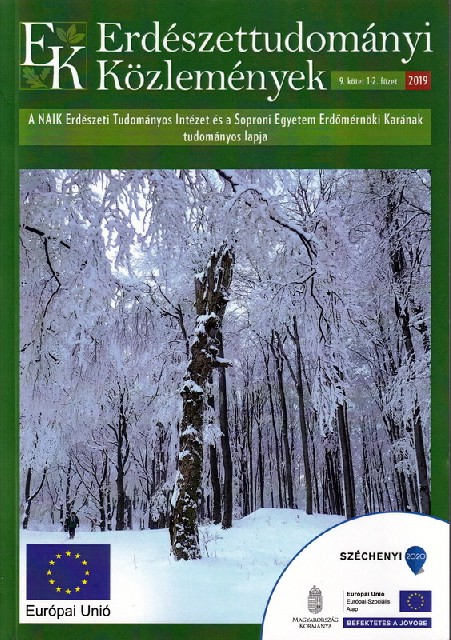Determining the bearing capacity of lime-treated soils by the CBR method
Péter Primusz, Péter Kalicz, Balázs Kisfaludi & József Péterfalvi
Correspondence
Correspondence: Primusz Péter
Postal address: H-9400 Sopron, Bajcsy-Zsilinszky u. 4.
e-mail: primusz.peter[at]uni-sopron.hu
Abstract
In this research a set of tests were performed to determine the effect of lime addition and water content on the bearing capacity of cohesive soils. The bearing capacity was measured by the CBR method. Four types of soils were included in the research. Soil samples were prepared from each type by 6 different water content, 4 dosage of lime addition and 3 duration of curing time. It was found, that each soil is suitable for the construction of lime-stabilized pavement layers. As a result of the lime treatment the bearing capacity of each soil was increased. Repeated CBR tests were performed on the treated and untreated soil samples after 4 days of soaking. It was confirmed that the water-sensibility of the treated soils decreased significantly. A regression tree model was ap-plied to create practice-oriented rules for predicting the bearing capacity. Our results support the idea that the bearing capacity of lime-stabilized soil layers can be counted in the total bearing capacity of forestry and agricul-tural road’s pavement.
Keywords: lime, stabilization, CBR%, bearing capacity, regression tree, soaking
Open Acces
For non-commercial purposes, let others distribute and copy the article, and include in a collective work, as long as they cite the author(s) and the journal, and provided they do not alter or modify the article.
Cite this article as:
Primusz, P., Kalicz, P., Kisfaludi, B. & Péterfalvi, J. (2019): Determining the bearing capacity of lime-treated soils by the CBR method. Bulletin of Forestry Science, 9(2): 139-157. (in Hungarian) DOI: 10.17164/EK.2019.009
Volume 9, Issue 2
Pages: 139-157
First published:
15 November 2019
Related content
5
More articles
by this authors
7
Related content in the Bulletin of Forestry Science*
More articles by this authors in the Bulletin of Forestry Science
* Automatically generated recommendations based on the occurrence of keywords given by authors in the titles and abstracts of other articles. For more detailed search please use the manual search.
